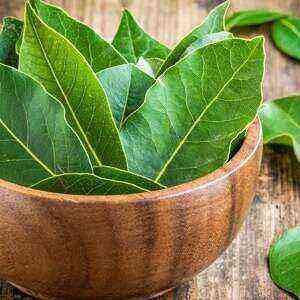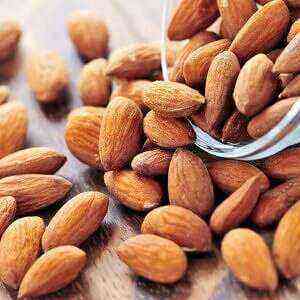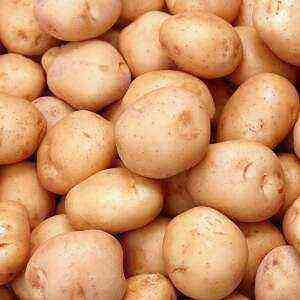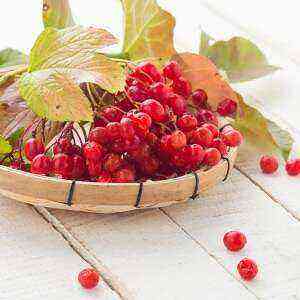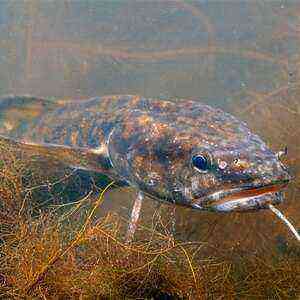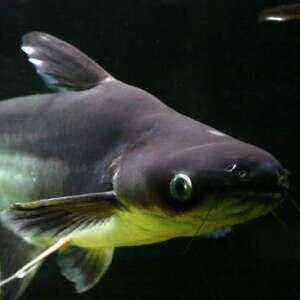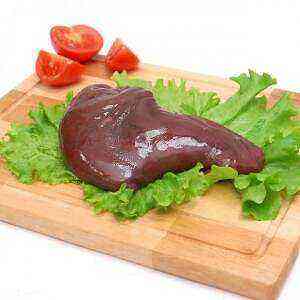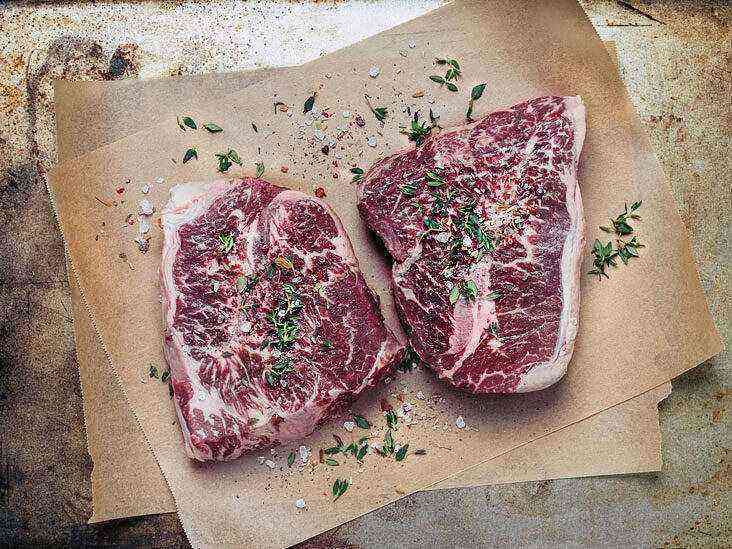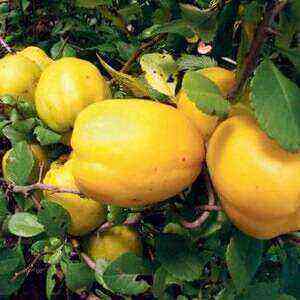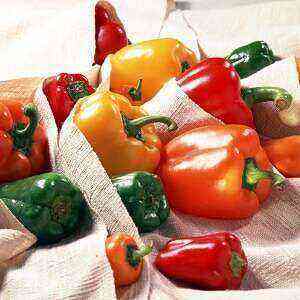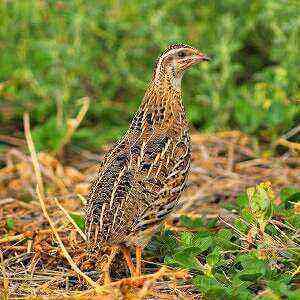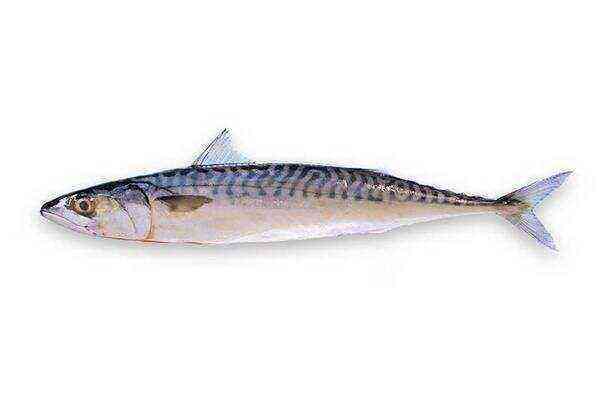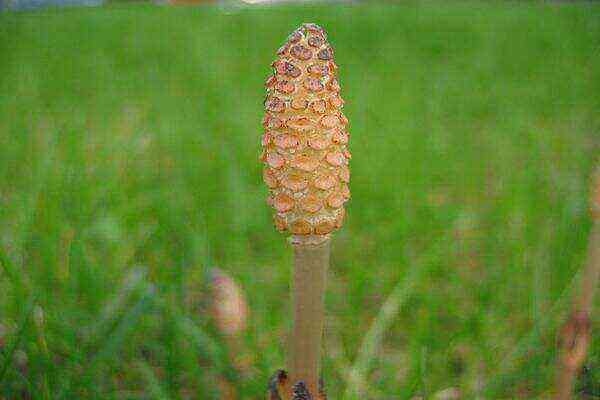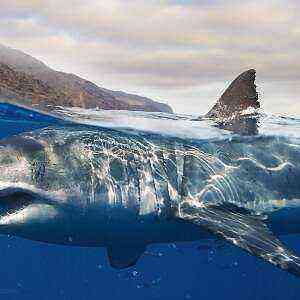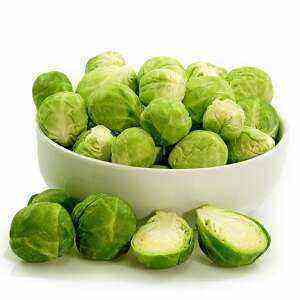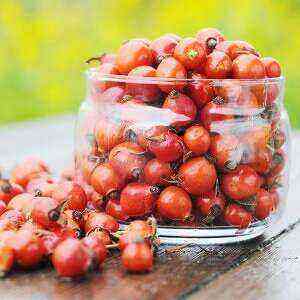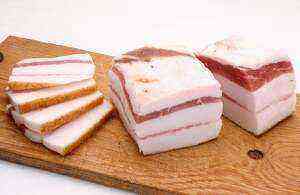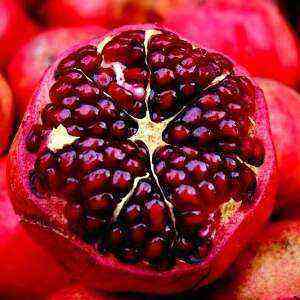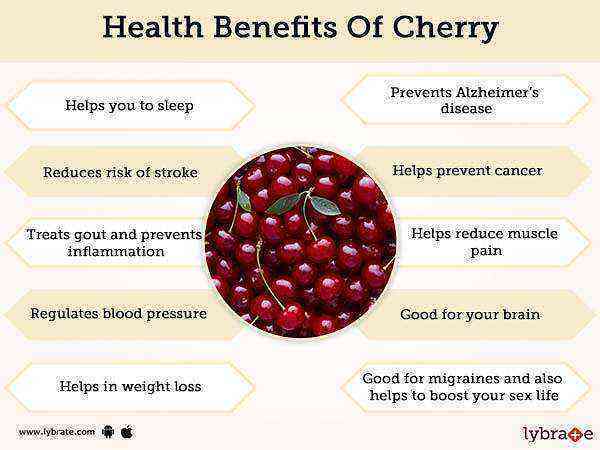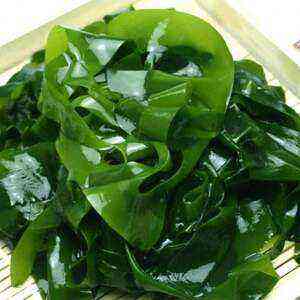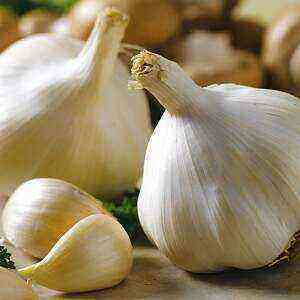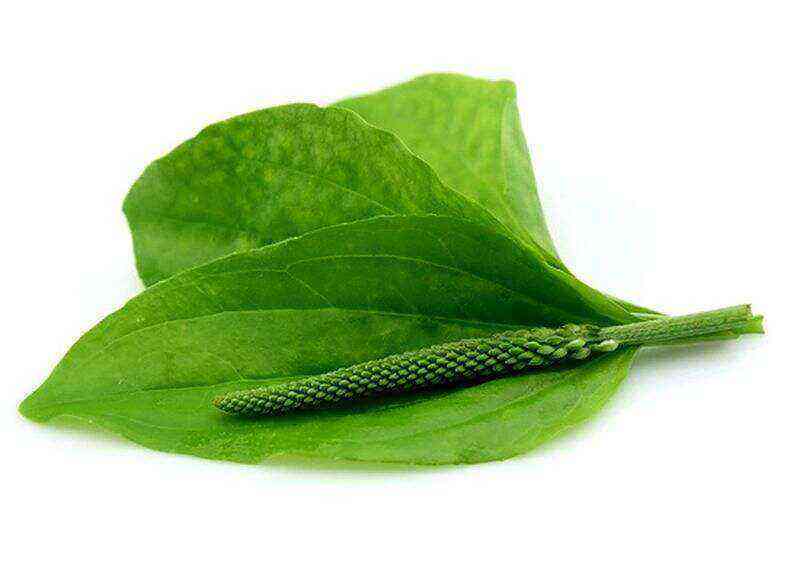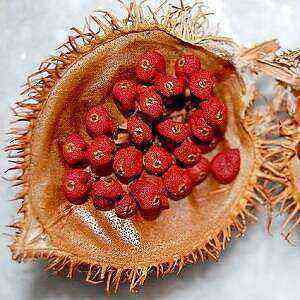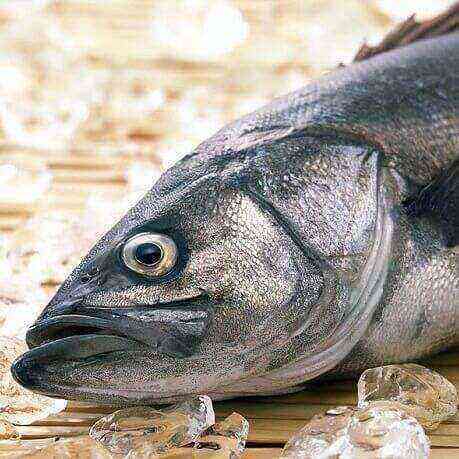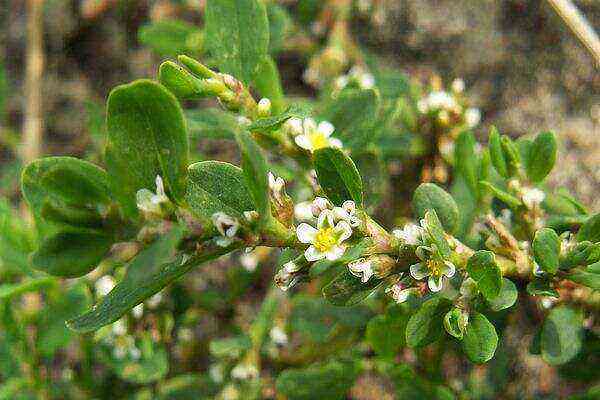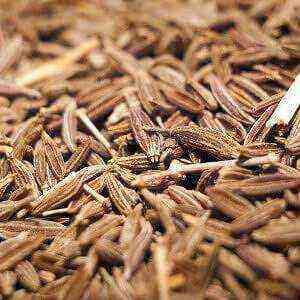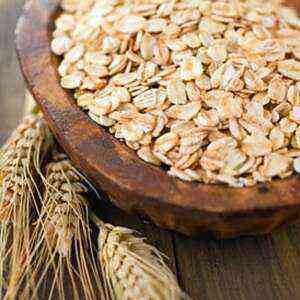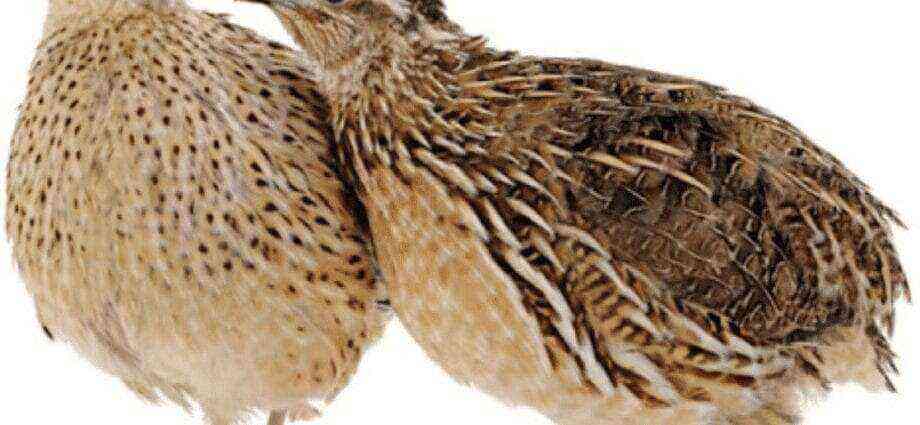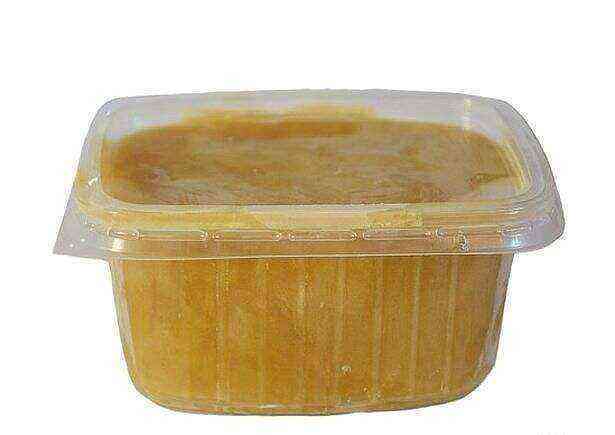 Spiny lobsters are the closest relatives of spiny lobsters, however, in their appearance they are similar to lobsters. These marine inhabitants are classified as decapod crustaceans. Their size is from 15 to 25 centimeters, langoustines have long thin claws in the form of rings and a strong shell, which is pointed with the back down and is pink or bright orange.
Spiny lobsters are the closest relatives of spiny lobsters, however, in their appearance they are similar to lobsters. These marine inhabitants are classified as decapod crustaceans. Their size is from 15 to 25 centimeters, langoustines have long thin claws in the form of rings and a strong shell, which is pointed with the back down and is pink or bright orange.
This representative of crustaceans is one of the most delicious seafood delicacies. Langoustines are called scampi in Italy and Dublin shrimps in the British Isles. They live in the waters of the Mediterranean, Atlantic, North and Adriatic Seas, Norway and Iceland. They dig caves in soft sections of the bottom with a depth of 45-250 meters. They leave their housing exclusively at night, setting off to look for food.
Composition
Due to the low calorie content and low fat content, langoustines are classified as diet foods. Despite this, they are rich in vitamins, micro and macro elements.
Table 1 “The chemical composition of langoustines”
Composition
Content in 100 grams
Proteins 20,6 g Carbohydrates 2,43 g Fats 1,51 g Water 74,07 g Cholesterol 70 mg Ash 1,39 g
Vitamins
Vitamin A (retinol) 5 μg Vitamin B1 (thiamine) 0,01 mg Vitamin B2 (riboflavin) 0,05 mg Vitamin B5 (pantothenic acid) 0,35 mg Vitamin B6 (pyridoxine) 0,15 mg Vitamin B9 (folic acid) 1 μg Vitamin B12 (cyanocobalamin) 3,5 μg Vitamin C (ascorbic acid) 2 mg Vitamin PP (niacin) 4,25 mg
Minerals
Phosphorus 238 mg Sodium 177 mg Potassium 180 mg Calcium 49 mg Magnesium 40 mg Iron 1,22 mg Zinc 5,67 mg Manganese 0,02 mg Selenium 46,2 μg Copper 0,38 μg
Due to their high phosphorus content, langoustines stimulate brain activity. Only 100 grams of this product meets 33% of the daily requirement for iodine and copper, 20% for magnesium, and 10% for calcium. But do not forget that the head of this crustacean contains a lot of cholesterol.
Selection rules
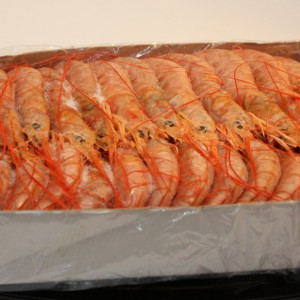 Langoustines entering store shelves are of the following types:
Langoustines entering store shelves are of the following types:
- large – up to 25 cm;
- medium – about 12 cm.
In the process of transporting this type of crustacean, certain difficulties are sometimes possible, because it is very difficult for them to live without water. It is extremely undesirable to freeze langoustines – their meat in this state becomes loose and loses its excellent taste.
Seafood quality can be determined by smell. If there is no characteristic fishy smell on the fold between the tail of the langoustine and its carapace, then we can talk about its freshness. The highest quality meat in the tail of this crustacean, it is characterized by a slightly sweet, delicate, refined taste. Although the claws of langoustines are quite large, there is almost no meat in them.
Useful Properties
Langoustines have a wonderful set of mineral and organic substances, so their meat is very useful for the human body. With its regular use, metabolism is normalized and blood supply to the brain improves, and this is an excellent prevention of senile dementia. The substances that make up langoustines are excellent antidepressants, which is very important in our time, which is full of constant stress. The proteins in them are easily digestible, and together with the amino acids present in this seafood, they make up a balanced complex, which is important for people involved in sports or hard physical work.
This delicious meat can significantly improve the activity of the endocrine system, thereby strengthening the immune system. Potassium, copper and zinc, which in large quantities are the composition of langoustines, will slow down the aging process in the body. Scientists have long proved that people whose diet is rich in seafood are less likely to suffer from all kinds of diseases. This effect can be achieved due to the easy digestibility of these products and the saturation of the body with various minerals.
Langoustine meat contains only 90 kcal per 100 grams, so it is often recommended for use in different diets. Having dinner with langoustine, you will not only not gain excess weight, but you will also be able to recharge with energy due to the large amount of protein that is part of this crustacean.
How to cook
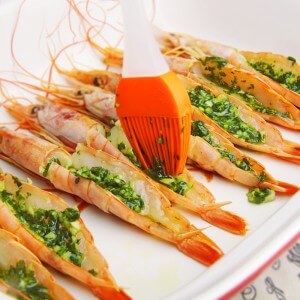 It is best to start making langoustines right after purchase. If you purchased frozen seafood, you can store it in the freezer by placing it in a plastic bag.
It is best to start making langoustines right after purchase. If you purchased frozen seafood, you can store it in the freezer by placing it in a plastic bag.
The process of preparing langoustines begins with cooking. To do this, they are dipped in batches of 10 pieces for half a minute in pre-salted boiling water. If you overexpose seafood for a longer time, then the meat will be tough.
Immediately after cooking, the langoustines are cleaned: the head is carefully separated from the body, the shell is broken with the blunt side of the knife. This makes it easy to squeeze meat from the tail. It makes no sense to cut lobster claws, because the meat is in the tail. The shell, head and claws are very fragrant, so they can be used to make sauce or broth.
You can fry langoustines with grilled vegetables, pre-lubricated with butter with basil and mint, or serve the whole in a boiled table with lettuce, lemon and olives.
Recipes
This seafood is rightly considered a marine delicacy, it is part of the dishes of many countries of the world. Langoustine, fried in batter, is called “tempura” in Japanese cuisine. The meat of this crustacean is added to the French soup in orthosis and bouillabaisse. In Italy, scampi is a component of risotto, in Spain it is added to paella. There are many different recipes with lobsters. Here are some of them.
Langoustine Soup
The cooking time for this dish is about 40 minutes.
Heat 50 ml of olive oil in a large saucepan and add 1 finely chopped carrot, 1 celery root, 1 onion and ½ fennel. Brown a little until soft. Add 2 peeled garlic cloves (whole). We clean 2 perches and cut into large pieces. We also cut the langoustine, keeping the shell. Add fish and langoustine to vegetables, mix and add 2 liters of pre-cooked fish broth. For color, add turmeric on the tip of the knife. Then add 2 finely chopped tomatoes, to taste – a little parsley, thyme and bay leaf. Mix everything well and pour in 1 glass of dry white wine. Next, cover with a lid and bring to a boil. Then we reduce the heat and cook for about 20-30 minutes until the seafood is cooked. Pour everything into a blender and grind. Then we wipe the soup through a sieve and return it back to the pan. Heat a little, add salt and black pepper to taste. Serve with a little cream.
Fried langoustines with garlic and parsley
 Finely chop the parsley and mix with lemon juice and vegetable oil. Add peeled langoustines and garlic. We leave everything for 30 minutes. During this time, crustaceans can marinate well. Next, prepare a side dish: peel the tomatoes and avocados, cut them into cubes, pour over lemon juice and vegetable oil, add a little pepper and salt. Fry langoustines in a dry, very hot pan and serve with salad.
Finely chop the parsley and mix with lemon juice and vegetable oil. Add peeled langoustines and garlic. We leave everything for 30 minutes. During this time, crustaceans can marinate well. Next, prepare a side dish: peel the tomatoes and avocados, cut them into cubes, pour over lemon juice and vegetable oil, add a little pepper and salt. Fry langoustines in a dry, very hot pan and serve with salad.
Risotto
Pour olive oil into a high pan, add peeled langoustine meat. Fry a little and add a glass of brandy, give it the opportunity to evaporate over high heat. Add a few tablespoons of tomato puree and stew crustaceans in it for 10 minutes. Previously, from the claws and head we prepare the broth. Then fry the rice with finely chopped onions, fill with broth and wait until it evaporates a little. We bring the rice almost to readiness, fill it with cream of cream and chopped langoustine meat. We serve to the table, decorating with the remaining carcasses of crustaceans.
Paella
In 500 ml of water, brew saffron. Cut the langoustines in half and clear them of the carapace. Pour olive oil into the pan, into which we add crushed clove of garlic, lightly fry seafood and fill with part of saffron water. After a while, pour the remaining broth into the pan, gradually add rice. We reduce the fire and cook the paella until cooked for about 15 minutes.
Противопоказания
Despite the usefulness of langoustine, it can become deadly if you have a personal intolerance to these crustaceans. As a result of their use, a severe allergic reaction can occur, up to anaphylactic shock.
Considering that the head of langoustines contains a large amount of cholesterol, their use should be limited to elderly people, since with excessive enthusiasm for this seafood, atherosclerosis can develop, leading to stroke and myocardial infarction. Nutritionists advise you not to eat langoustine meat more often than 2 times a week, even if you have such an opportunity. Also, one should not forget that the meat of these crustaceans, depending on where they were caught, can be “enriched” with salts of heavy metals, because they have the ability to be saturated with the contents of water. Therefore, it is better to buy langoustines where quality certificates can be provided. So you can protect your health and loved ones.
Conclusion
The regular presence of langoustines in the diet has a positive effect on health due to the rich composition of vitamins and minerals. These seafoods are good for those who decide to lose weight. But it must be borne in mind that there are a lot of cholesterol in the heads of crustaceans, so their use should be limited to people of advanced age.
